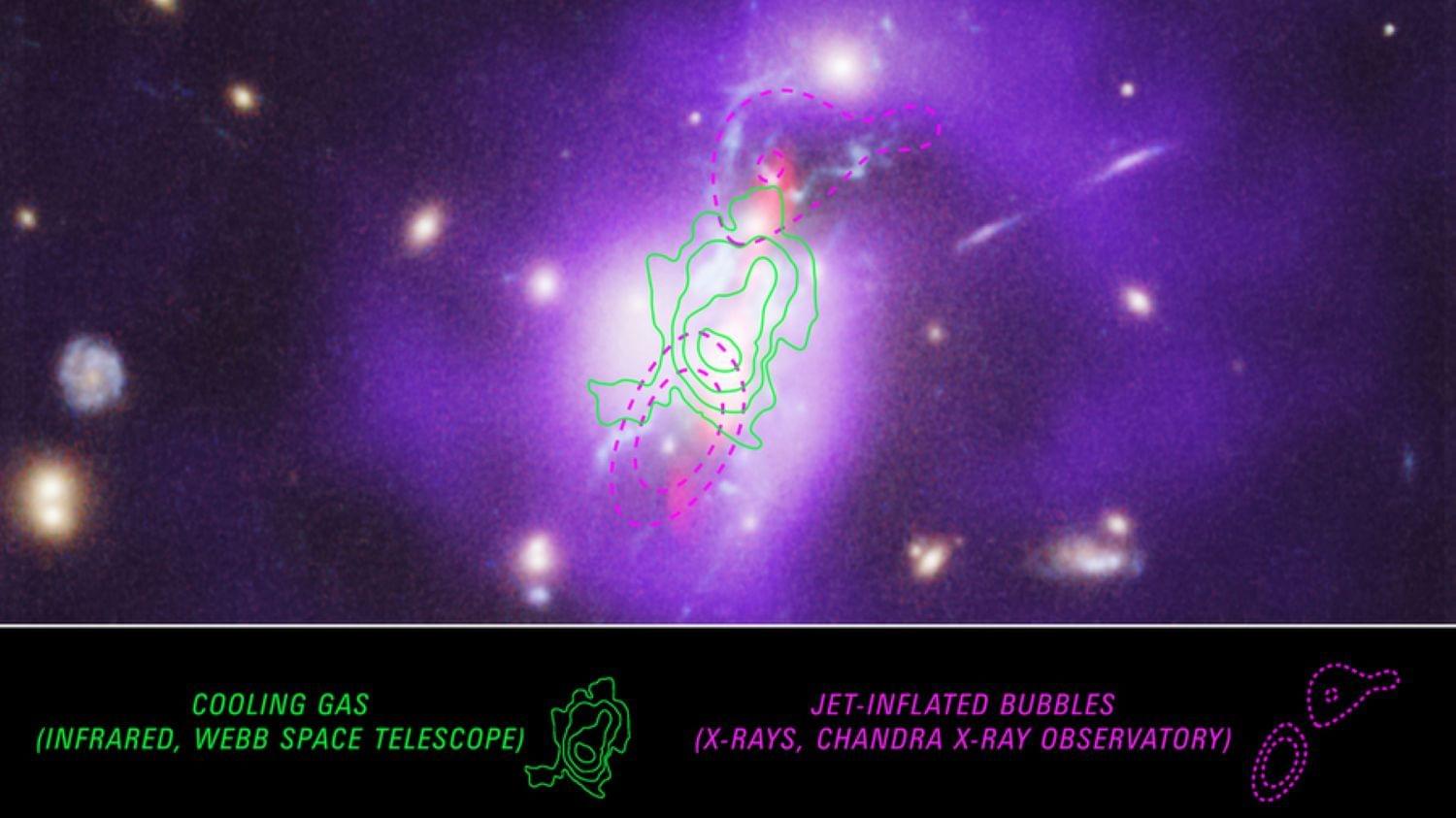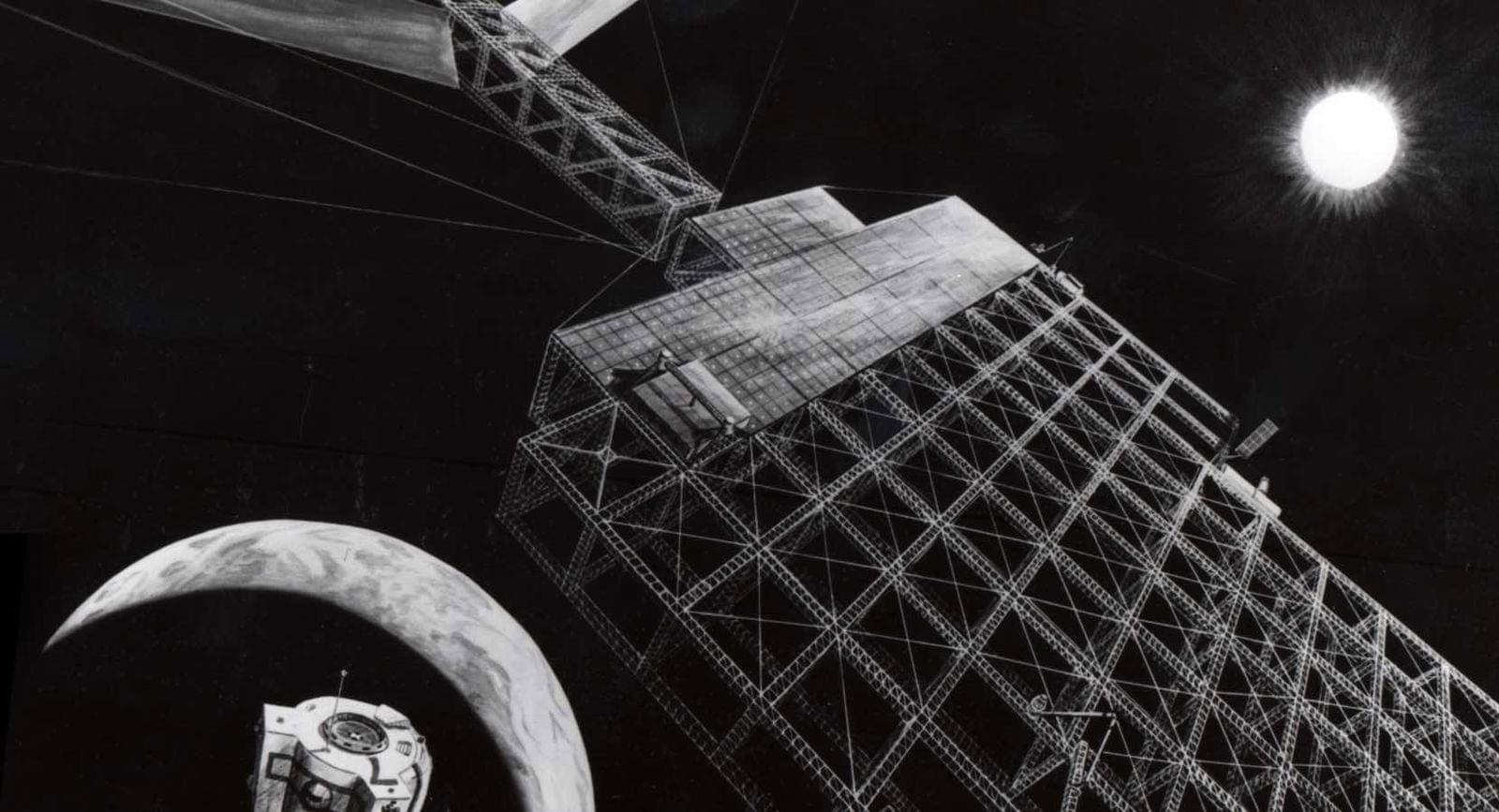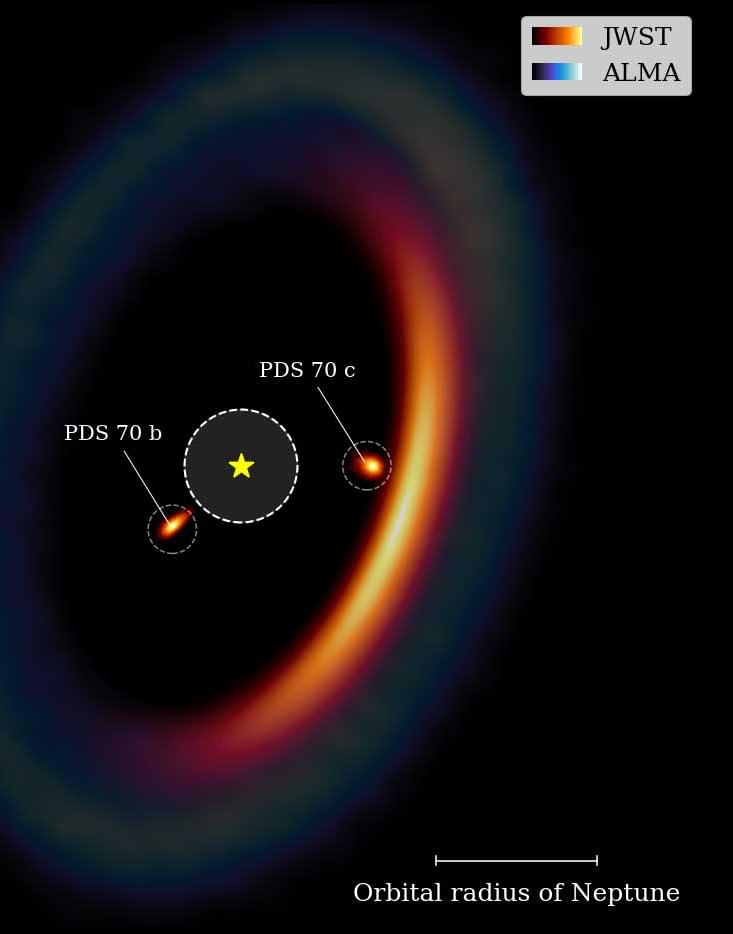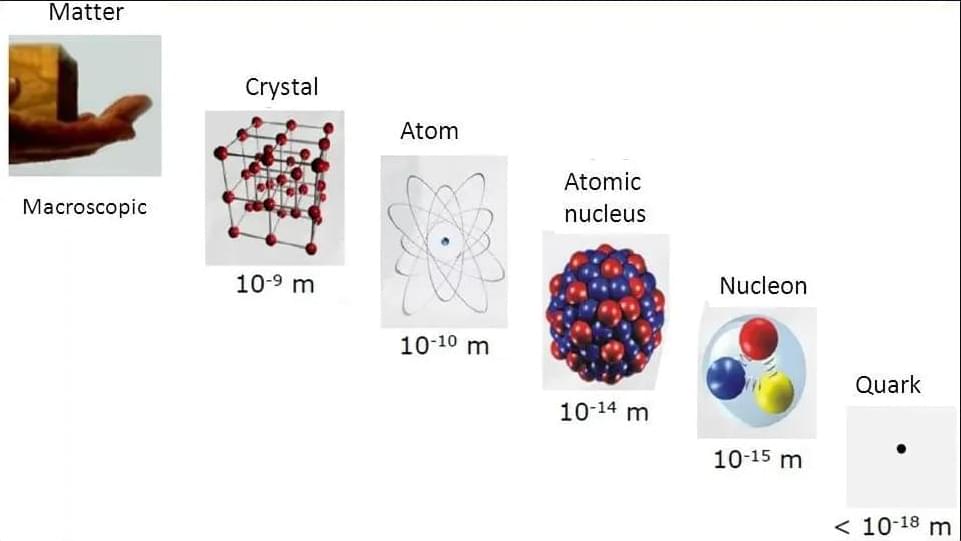The ultimate multi-messenger astronomy event would have gravitational waves, particles, and light arriving all at once. Did that just occur?





On this episode of Cultivate Curiosity, our host Jacie takes us on a journey through a few spectacular upcoming astronomical events. From February’s dazzling planetary alignments and bright Venusian glow to March and April’s upcoming eclipses and meteor showers, we explore the science behind these celestial events and how to best view them. Whether you’re an avid stargazer or just looking up with curiosity, this episode will inspire you to keep your eyes on the sky!

An international team of researchers, including those from the University of Michigan, have used the James Webb Space Telescope (JWST) to witness the birth of planets around the young star system PDS 70.
PDS 70, located 370 light years away, is about 5 million years old and is one of the most extensively studied young stellar systems. It is the only known protoplanetary disk system where multiple planets have been detected within the disk from which they are forming.
This system allows scientists to observe planet formation and evolution in their early stages. In PDS 70, a disk of gas and dust surrounds the star with a big gap in the middle where two planets, PDS 70 b and PDS 70 c, form. This gap acts as a planetary construction zone, where the new worlds gather material to grow.

The appearance of the Interstellar Objects (ISOs) Oumuamua and Comet Borisov in 2017 and 2019, respectively, created a surge of interest.
What were they? Where did they come from? Unfortunately, they didn’t stick around and wouldn’t cooperate with our efforts to study them in detail. Regardless, they showed us something: Milky Way objects are moving around the galaxy.
We don’t know where either ISO came from, but there must be more – far more. How many other objects from our stellar neighbours could be visiting our Solar System?
A comprehensive video explaining quantum gravity.
HD 20,794D, An Earth like planet orbits a sun like star just 20 light years away. Watch and learn more.
GoldBacks from Galactic/Green Greg’s affiliate link:
https://www.defythegrid.com/goldbacks… coupon code GreenGregs for 1% off Outstanding Antioxidant for Your Health: https://shopc60.com/ Use discount code: GreenGregs10 for 10% off Inspire your kids to love science! SAVE 20% OFF New Science Kits Using Code: NEWKITSSAVE20 https://www.pntra.com/t/SENKTExNSUhDR… For gardening in your Lunar or Mars habitat GalacticGregs has teamed up with True Leaf Market http://www.pntrac.com/t/TUJGRklGSkJGT… Awesome deals for long term food supplies for those long missions to deep space (or prepping in case your spaceship crashes: See the Special Deals at My Patriot Supply: www.PrepWithGreg.com For that off-grid asteroid homestead stock up with Lemans before you blast off: https://www.pntrs.com/t/SENJR0ZOSk9DR…
Rigid, lizard-like tails are simple, but mammal-style tails may be lighter and better for space. Researchers studied how tails aid midair maneuverability in animals and robots, focusing on inertial appendages that generate body rotation.
Inspired by lizards and geckos, roboticists have designed rigid, single-plane tails to enhance stability and control in aerial and terrestrial robots. Some robotic tails aid in landing, flight reorientation, and high-speed turns. However, vertebrate (like cats and squirrels) tails are more complex, consisting of multiple vertebrae that allow for diverse movements.
By analyzing mammalian tails, researchers found that increasing bone segments within the same length enhances rotational ability. To evaluate tail effectiveness, they developed simulations optimizing tail trajectories for precise body rotations. Unlike previous models that assumed rigid structures, their approach considers deformability and realistic control constraints.